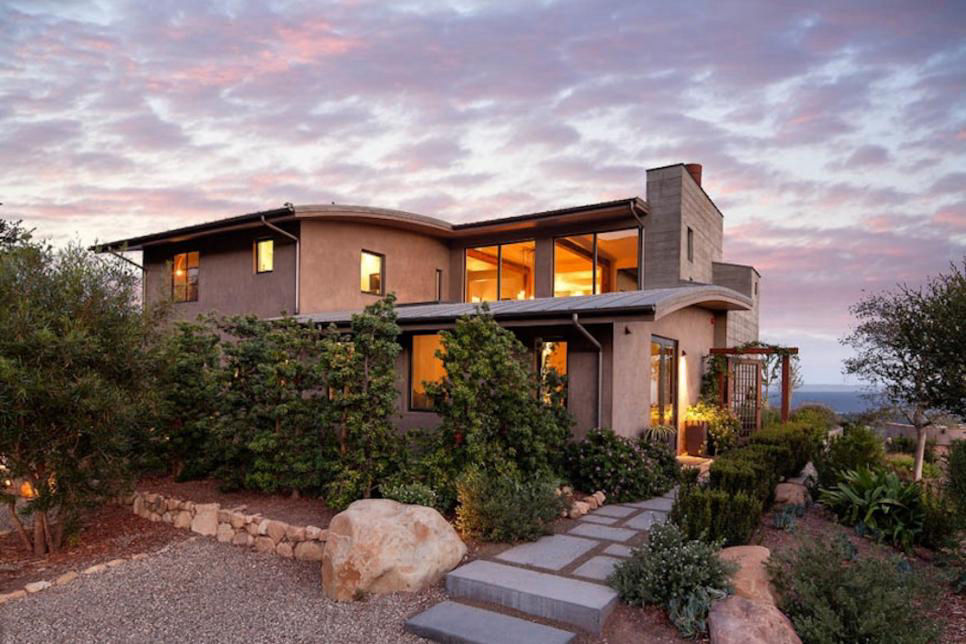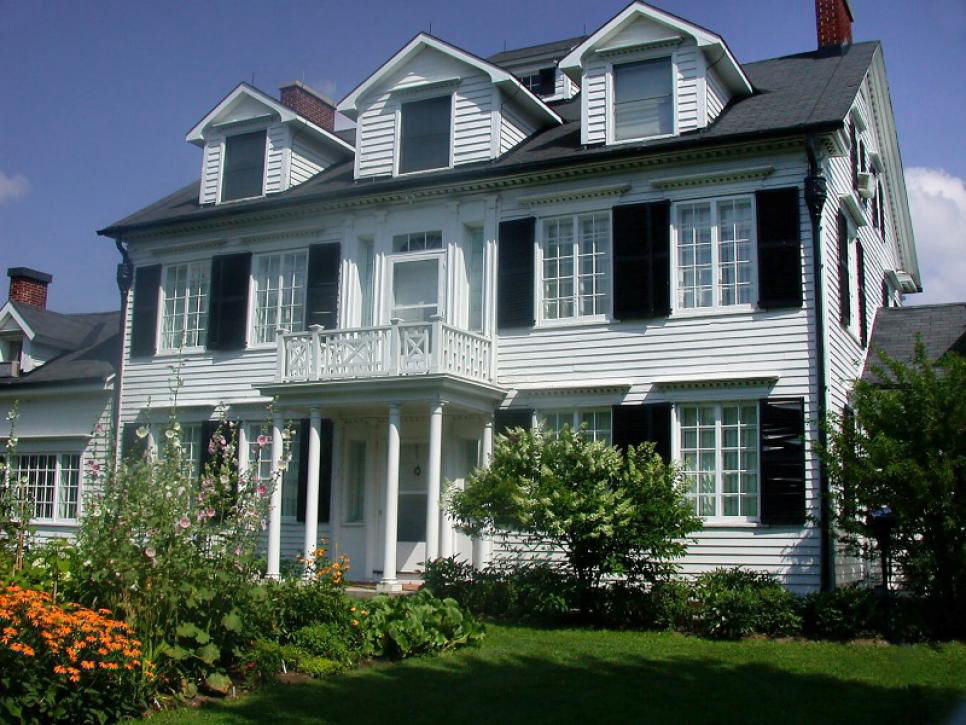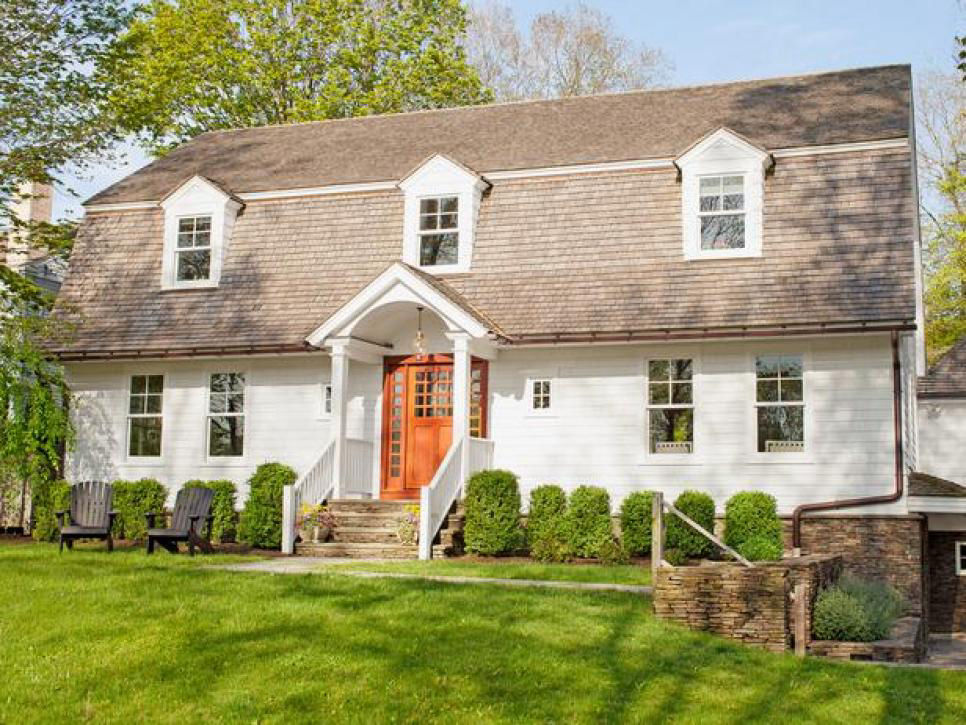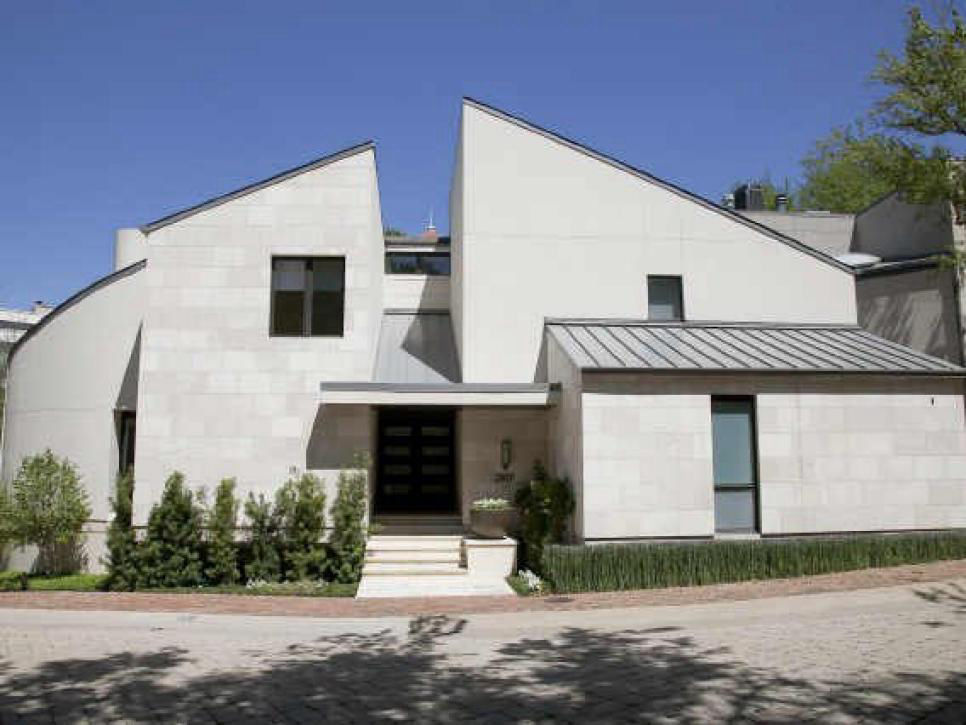
01
Cape Code
The first Cape Cod homes were built in the 1600s. They were inspired by Britain's thatched cottages, but built with steeper roofs and larger chimneys to withstand cold Northeastern winters. Windows flanking the front door, dormer windows up top and cedar shingles are also typical of the style. Most of today's Cape Cods were built after World War II; they were the first style used in modestly priced housing developments.

02
Art Deco
Art deco comes from a variety of influences: Ancient Egypt, 1930s Hollywood and the tropical pastels of Miami Beach. Typical art deco structures have flat roofs, smooth stucco walls with rounded corners and bold exterior decorations. The style is used more often for office buildings than private homes
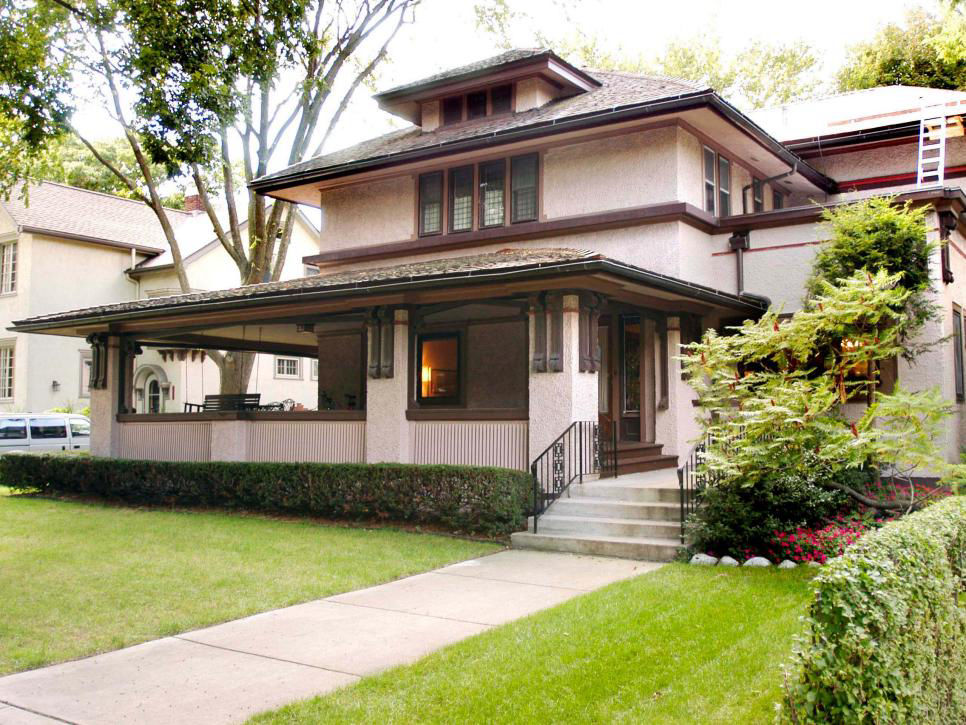
03
Craftsman
Bungalow and Craftsman style homes were born out of the Arts and Crafts Movement. The emphasis is on natural materials — wood, stone and brick. Wide front porches and low-pitched roofs are typical. The interior's open floor plan features built-in furniture, big fireplaces and exposed beams.
